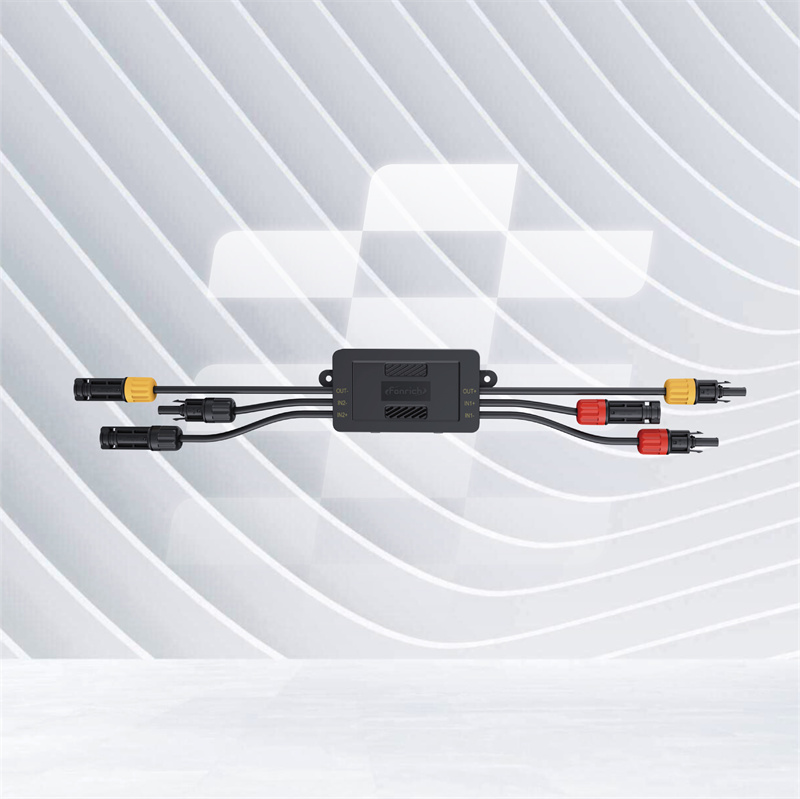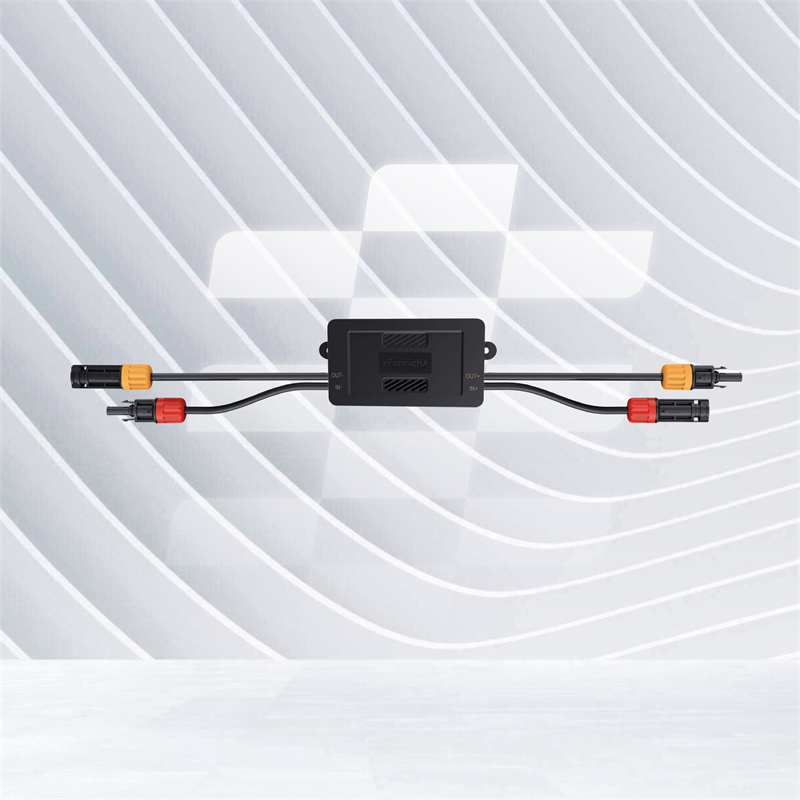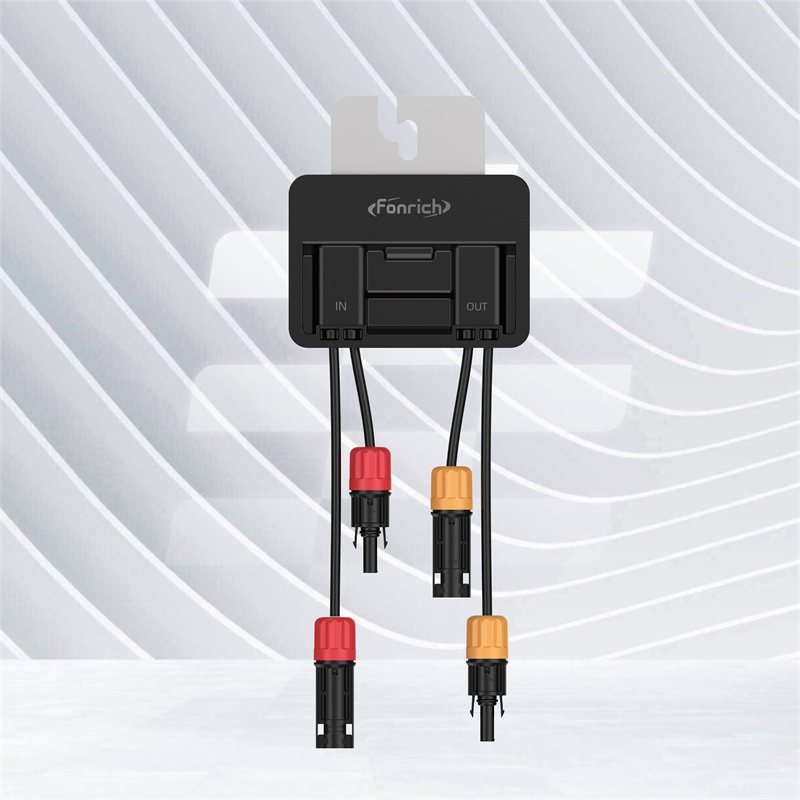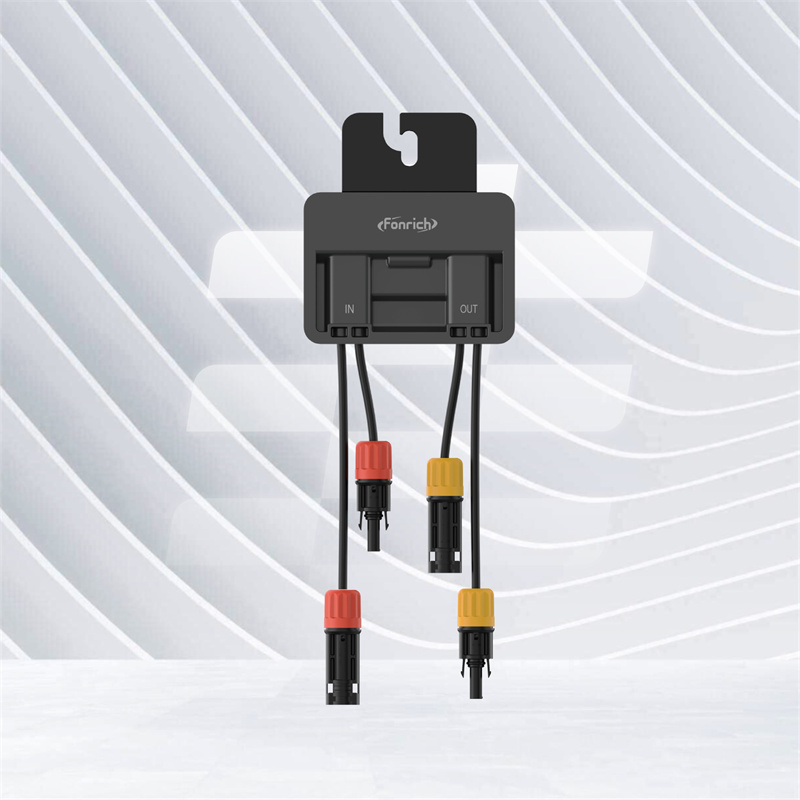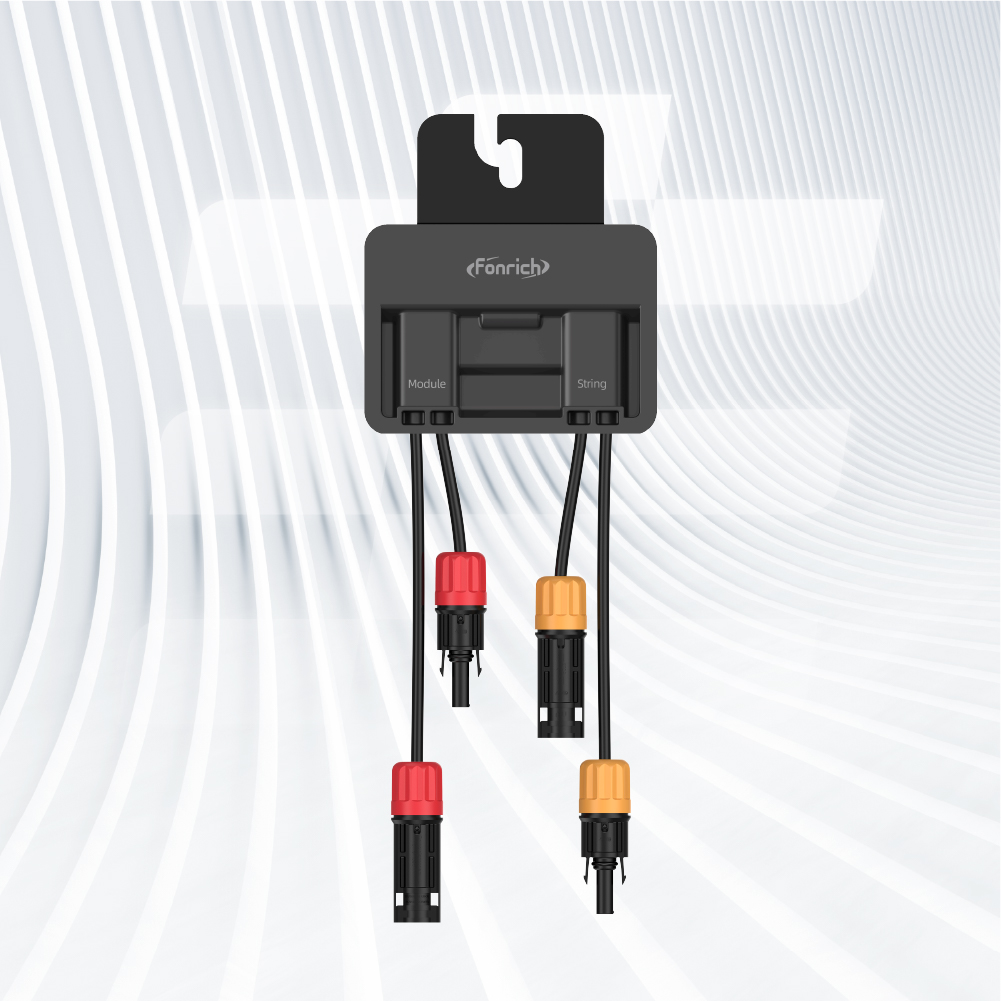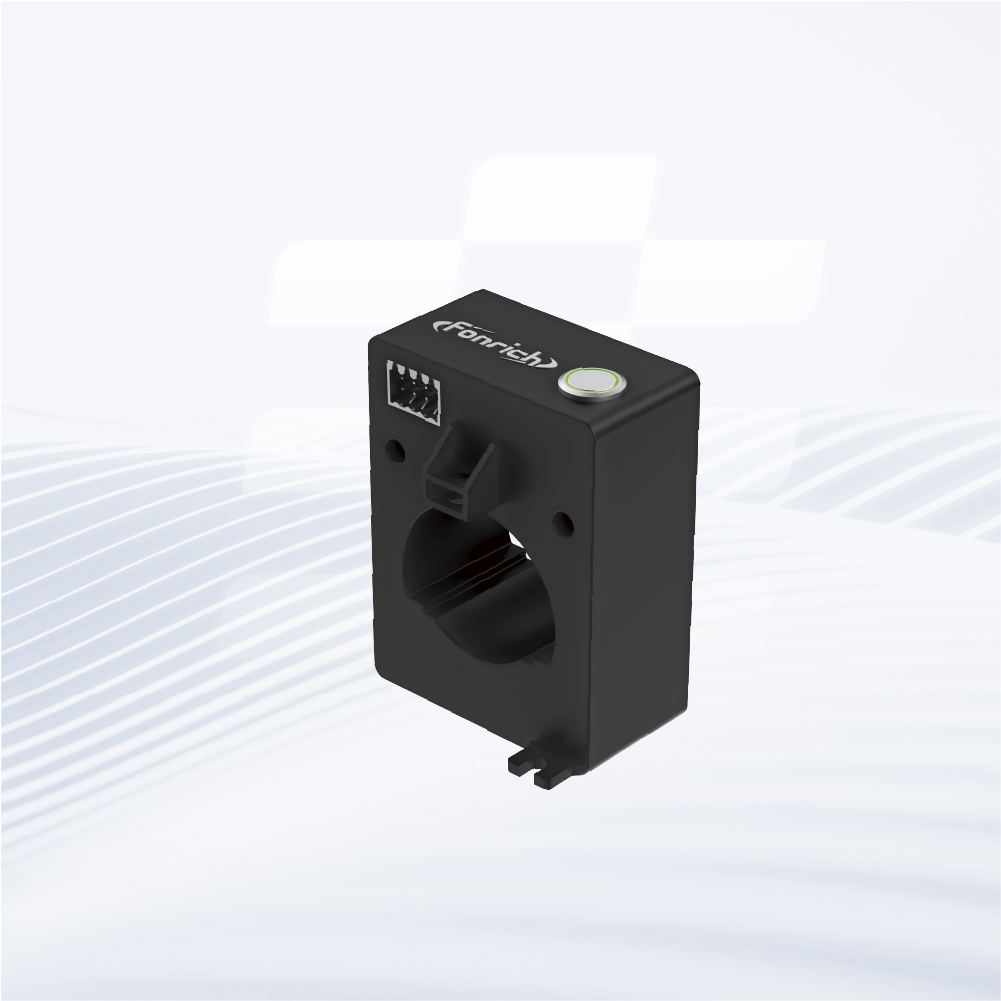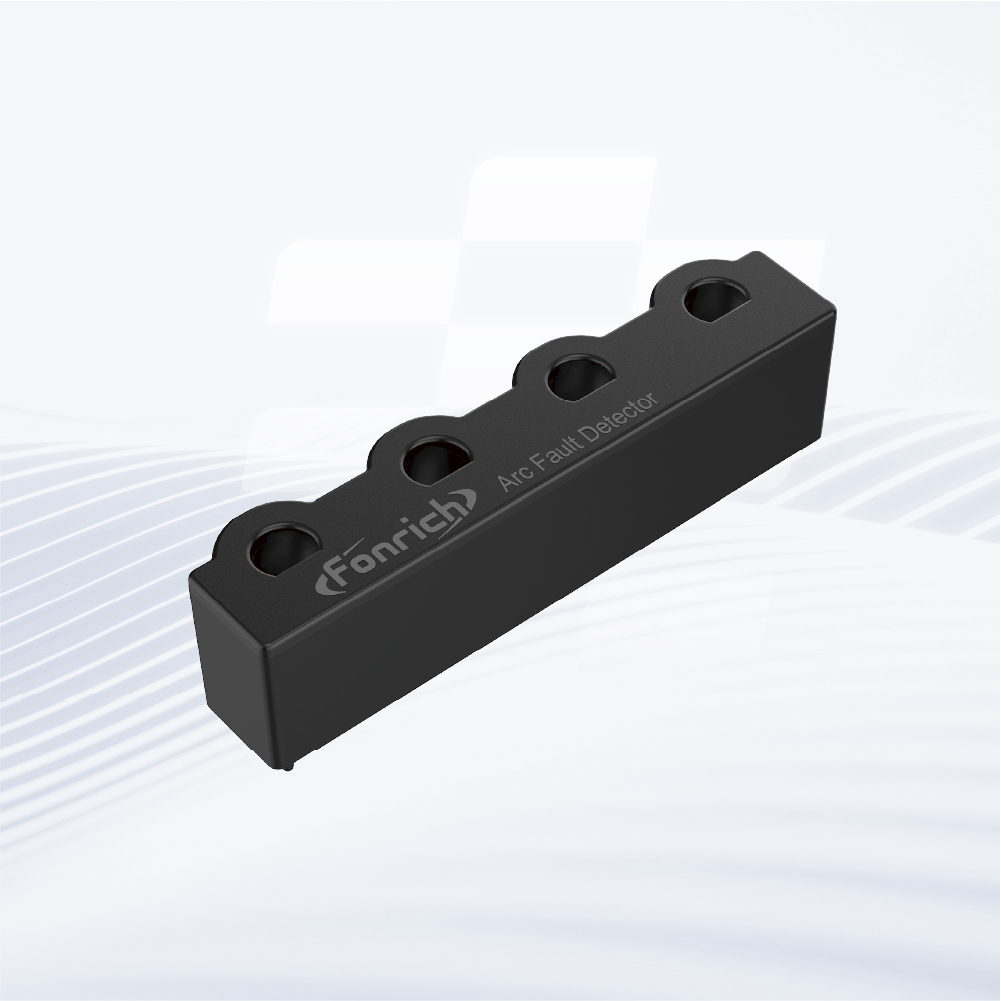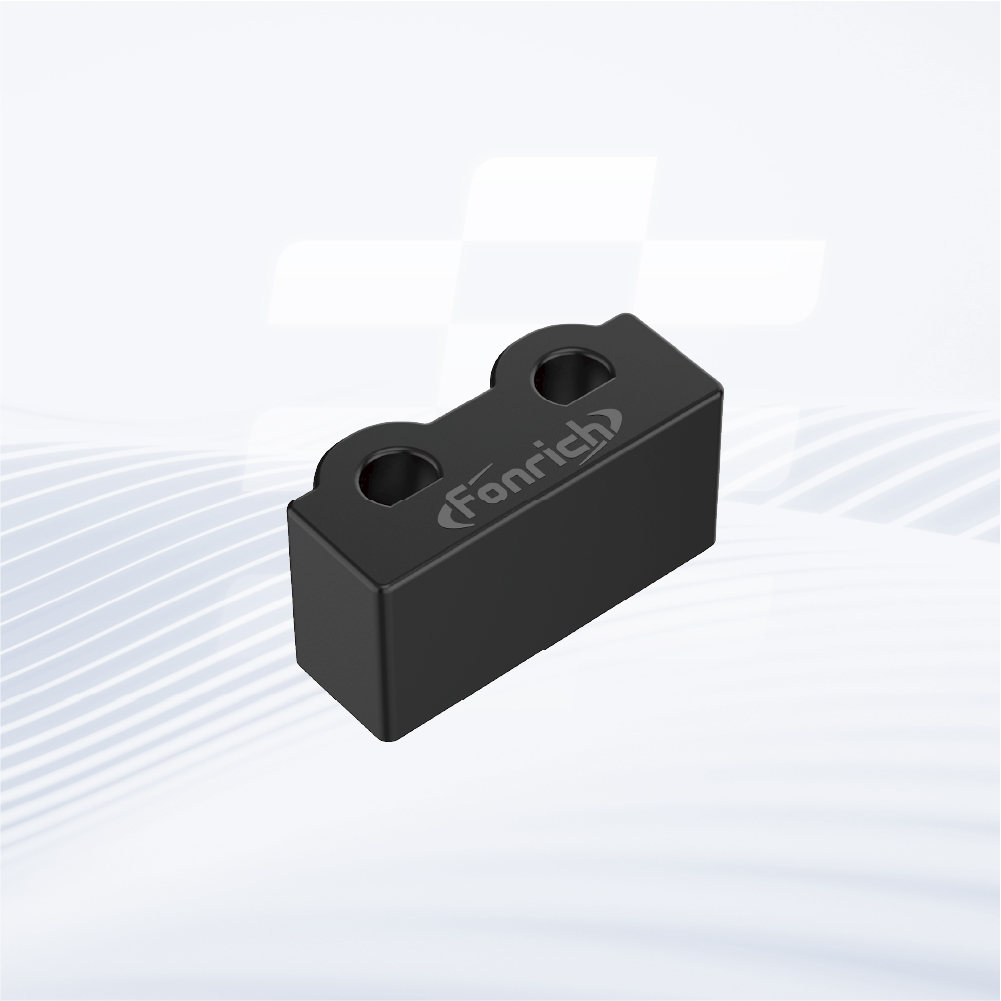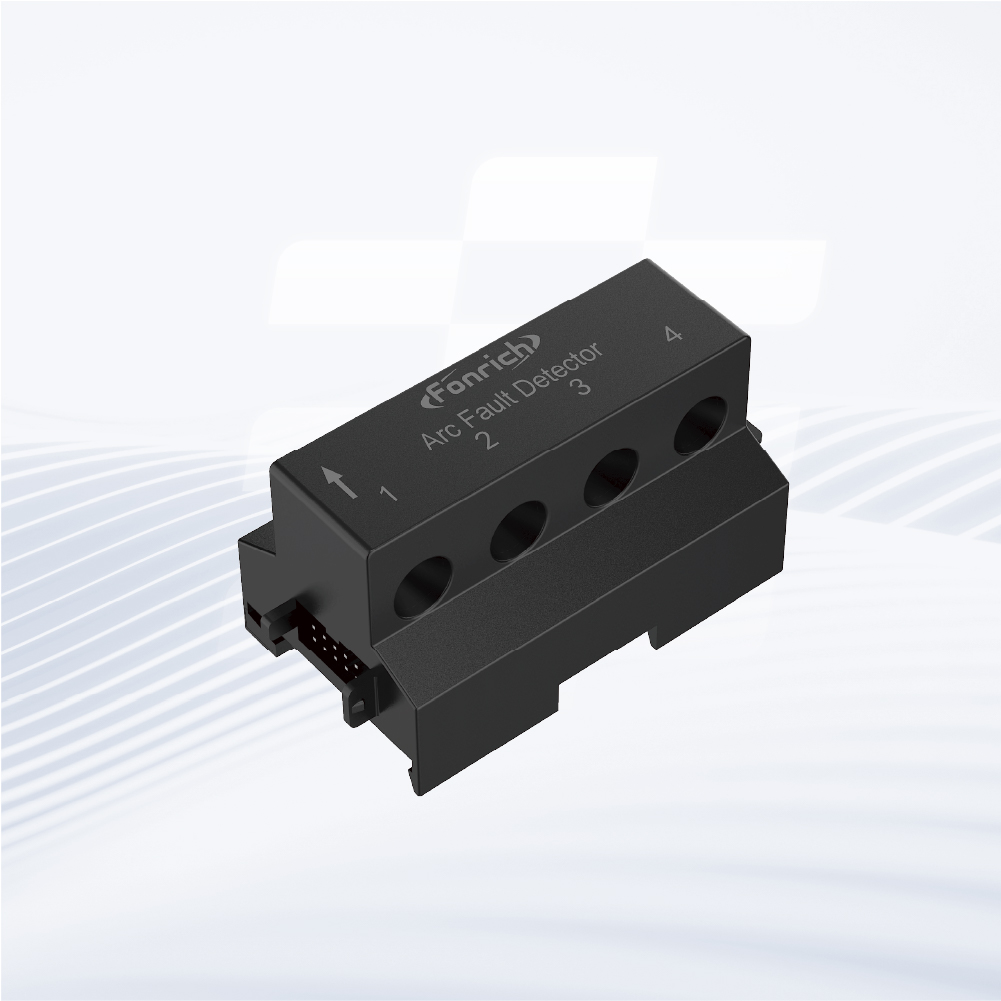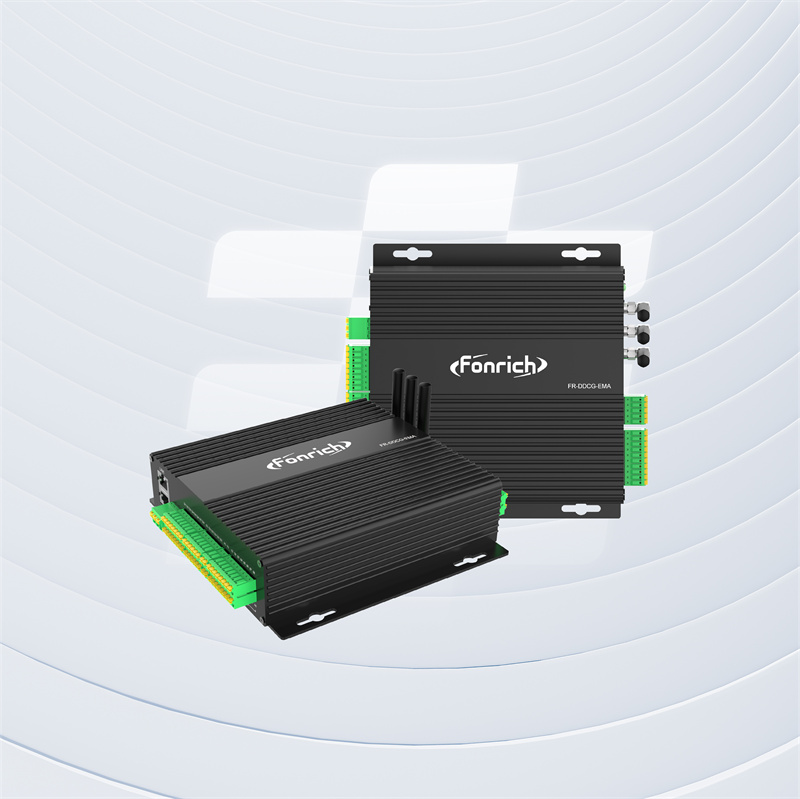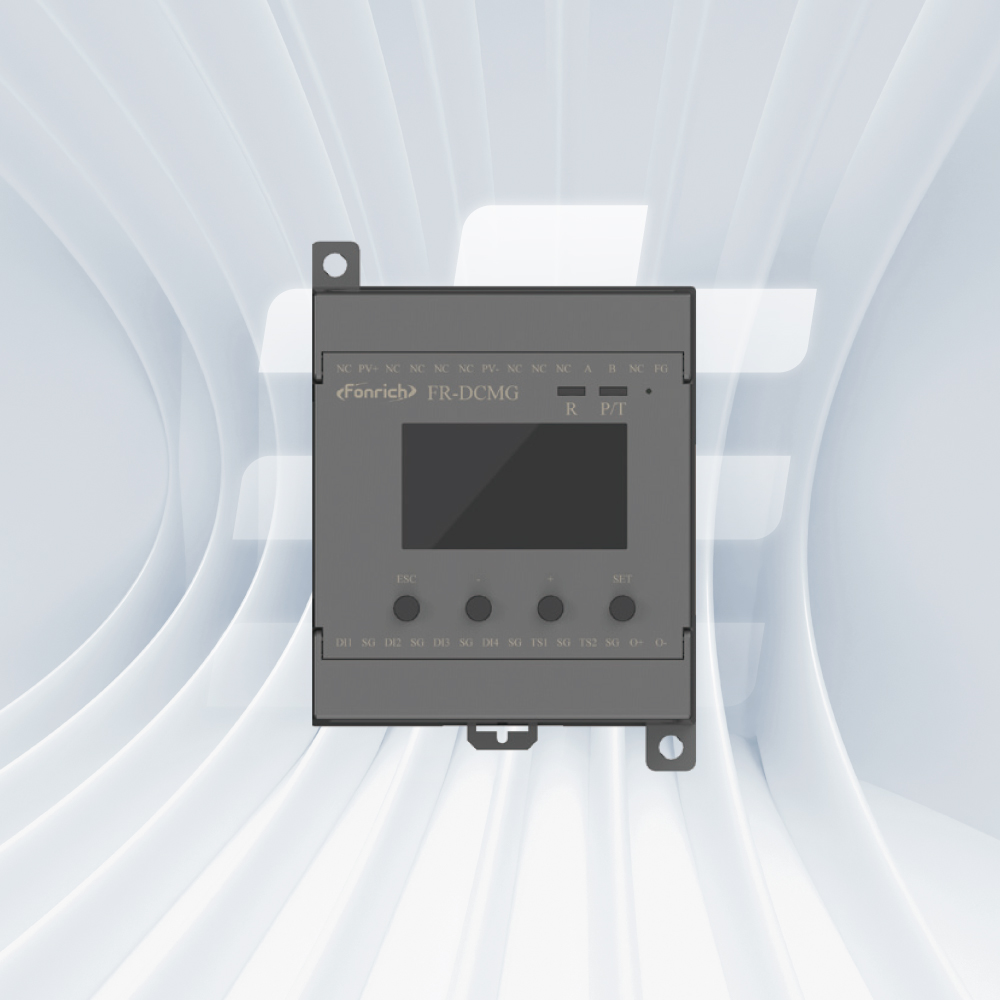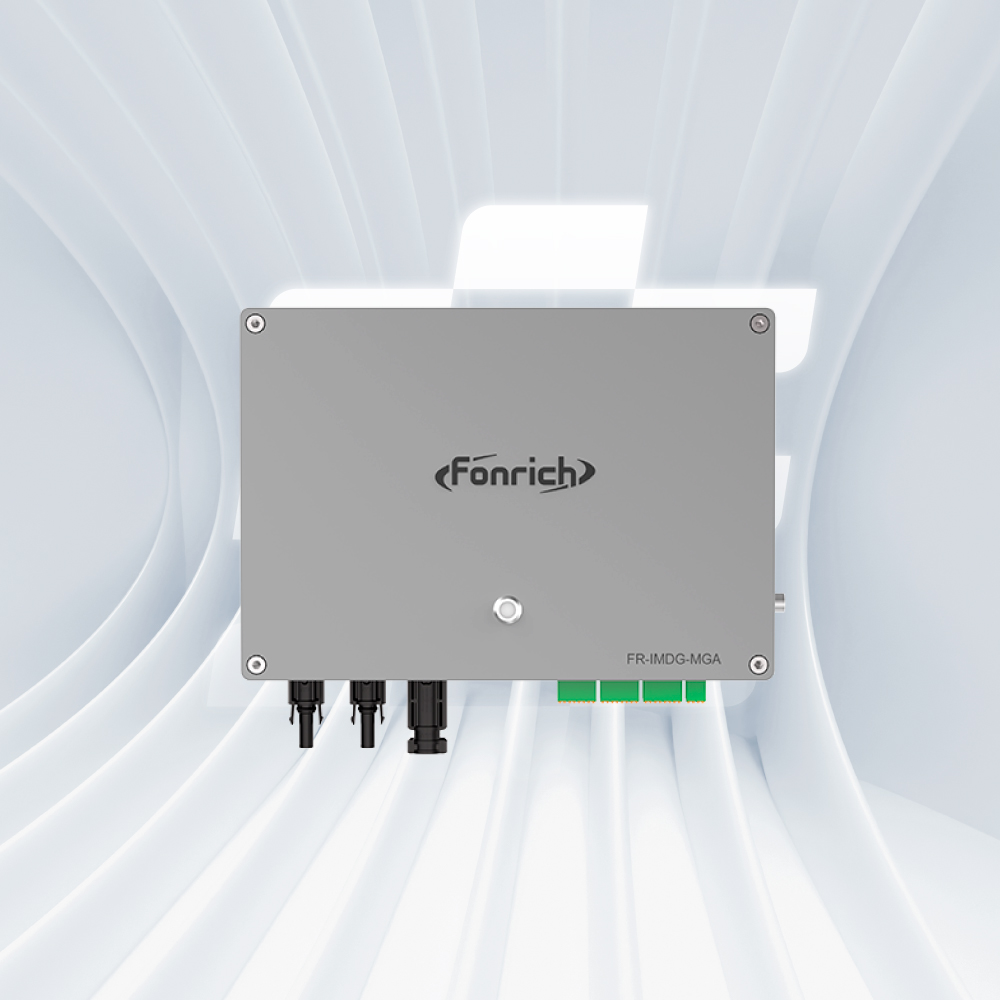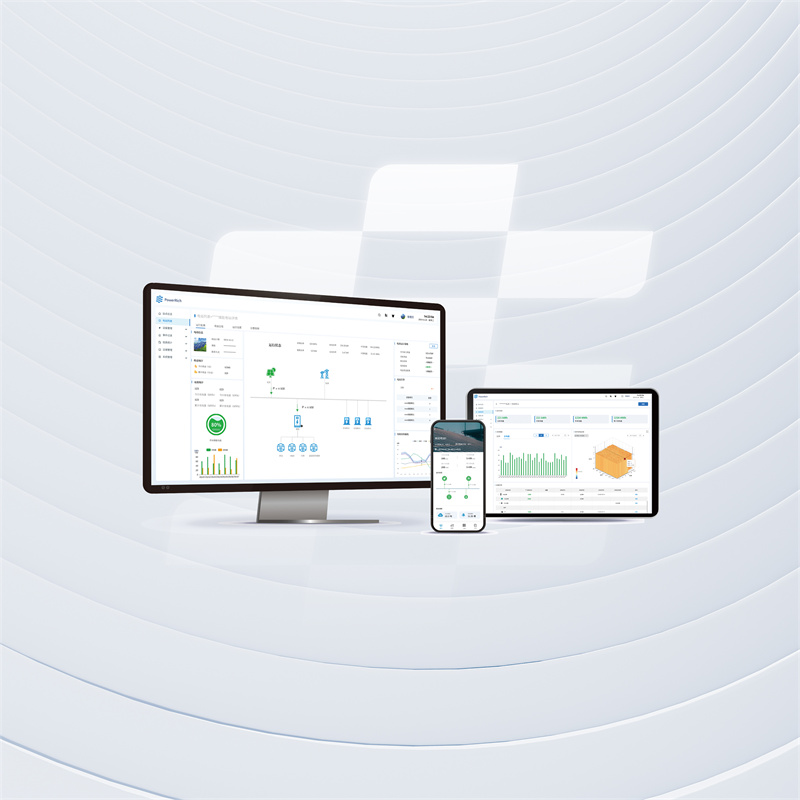 Language
Language
What is solar rapid shutdown and why is important ?
Solar Rapid Shutdown: A Standard Requirement in Modern Solar Installations
Solar energy systems are becoming increasingly popular in residential, commercial, and industrial settings. While they offer significant environmental and economic benefits, they also introduce unique safety challenges—especially during emergencies such as fires. One critical safety feature designed to mitigate these risks is Rapid Shutdown. But what exactly is it, and why has it become a standard requirement in modern solar installations?
What is Solar Rapid Shutdown?
Solar Rapid Shutdown is a safety mechanism mandated by electrical codes (such as the National Electrical Code in the U.S.) thatquickly de-energizes the conductors of a solar PV system. In simple terms, it provides a way for firefighters or emergency personnel to shut down the solar panels and reduce the system to a safe, low-voltage state. This is crucial because even when the grid power is out, a solar array can generate high voltage electricity whenever the sun is shining, posing a significant electrocution hazard to first responders working on or near a building.
The Evolution of Rapid Shutdown: NEC 2014 and NEC 2017
The concept of rapid shutdown was formally introduced into the National Electrical Code (NEC) with the NEC 2014 edition. This initial requirement was a major step forward for solar safety, but it had limitations. The 2014 rule mandated that conductors within a certain distance of the solar array must be de-energized, but it didn’t specify how quickly this needed to happen or how low the voltage needed to be.
Recognizing the need for more stringent and effective safety measures, the code was significantly enhanced in the NEC 2017. This version established much clearer and stricter rapid shutdown regulations. It required that controlled conductors be reduced to 30 volts or less within 30 seconds of initiating the rapid shutdown. This created a clear, measurable standard for safety and drove the development of more sophisticated rapid shutdown equipment. These evolving NEC regulations have made rapid shutdown a non-negotiable aspect of nearly all new solar installations.
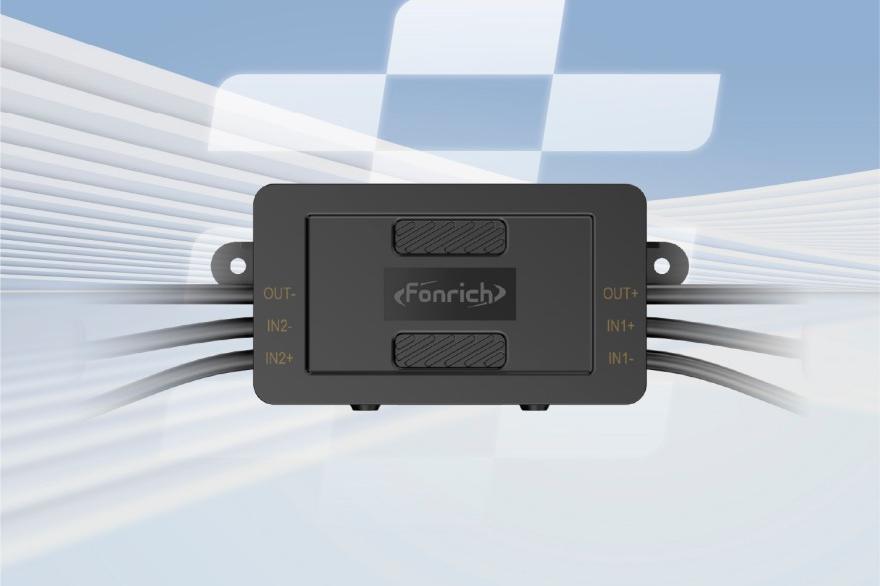
How Does Solar Rapid Shutdown Work?
Achieving rapid shutdown compliance requires specific hardware and a well-designed system. The core function is to isolate the solar array from the rest of the system and reduce the voltage on the rooftop to a safe level. There are two primary methods to achieve this, both designed to be effective at any time the sun is producing power.
1. String Inverters with Rapid Shutdown Solar Functionality:
A traditional string inverter connects multiple solar panels in a series (a “string”). To meet modern rapid shutdown requirements, these systems must be paired with a dedicated rapid shutdown device. This device is typically installed near the solar array on the roof. When the rapid shutdown is initiated (usually by cutting AC power to the inverter), this device receives a signal and immediately stops the flow of DC power from the panels, effectively de-energizing the rooftop wiring.
2. Module Level Power Electronics (MLPE):
The most common and often most flexible solution involves Module Level Power Electronics (MLPE). MLPE refers to devices that are attached to or integrated into individual solar panels. There are two main types of MLPE that provide rapid shutdown functionality:
Microinverters: These devices convert DC power to AC power right at the panel. When the AC power is cut, each microinverter automatically shuts down, instantly de-energizing its corresponding panel.
DC Solar Optimizers: These devices are paired with a central string inverter. They condition the power from each panel to maximize energy production. Crucially, they are also equipped with the required rapid shutdown functionality. When a shutdown signal is received, each optimizer stops transmitting power, rendering the entire rooftop system safe.
In both MLPE scenarios, the rapid shutdown is built directly into the equipment, providing a robust and code-compliant solution, especially for complex rooftop solar layouts. (See Fonrich Smart Safety Protector to learn more about Module-level Rapid Shutdown System.)
产品接线.png)
Why is Rapid Shutdown Important?
1. Firefighter Safety
During a fire, live solar panels can continue to generate electricity as long as they are exposed to light. This poses a serious electrocution risk to first responders. A functional rapid shutdown system significantly reduces this hazard by de-energizing the system almost instantly, even when the sun is shining brightly.
2. Code Compliance and Rapid Shutdown Requirements
Electrical safety standards, including the National Electrical Code NEC, now have explicit rapid shutdown requirements for most rooftop solar installations. The rules have evolved over time, with NEC 2014 introducing the concept and NEC 2017 making the rules more stringent. To legally operate, all solar installations must comply with NECrapid shutdown regulations. This rapid shutdown compliance is not optional; it is a legal and safety imperative enforced through NEC regulations.
3. Enhanced System Reliability
Beyond emergencies, rapid shutdown equipment and module level power electronics MLPE often come with advanced monitoring and diagnostic features. This helps operators maintain the health and performance of their solar systems, ensuring they operate efficiently for the entire time the sun is available.
4. Public and Installer Confidence
Knowing that a solar array is equipped with reliable rapid shutdown functionality increases confidence among homeowners, businesses, and installers alike. It assures them that the system is designed with safety in mind, fostering wider adoption of solar energy technology and protecting the investment in solar installations.
Conclusion
Solar Rapid Shutdown is no longer just an optional add-on—it is a vital component of any modern solar energy system. By ensuring that a solar array can be quickly and safely de-energized, it protects lives, ensures rapid shutdown compliance with evolving NEC regulations, and enhances the overall safety and reliability of solar power installations. The speed and efficiency required for this process are increasingly reminiscent of technologies like Intel Rapid Start Technology, which enables near-instant system activation. As codes like NEC 2017 and future versions continue to refine rapid shutdown regulations, the importance of a well-designed and properly installed rapid shutdown device will only continue to grow, making it a cornerstone of safe and responsible solar energy deployment.
To learn more about how Fonrich integrates rapid shutdown technology into its solar solutions, visit the Fonrich official page or reach out to our support team.
Email:info@fonrich.com
Web:www.fonrich.com
YOU MAY ALSO LIKE

